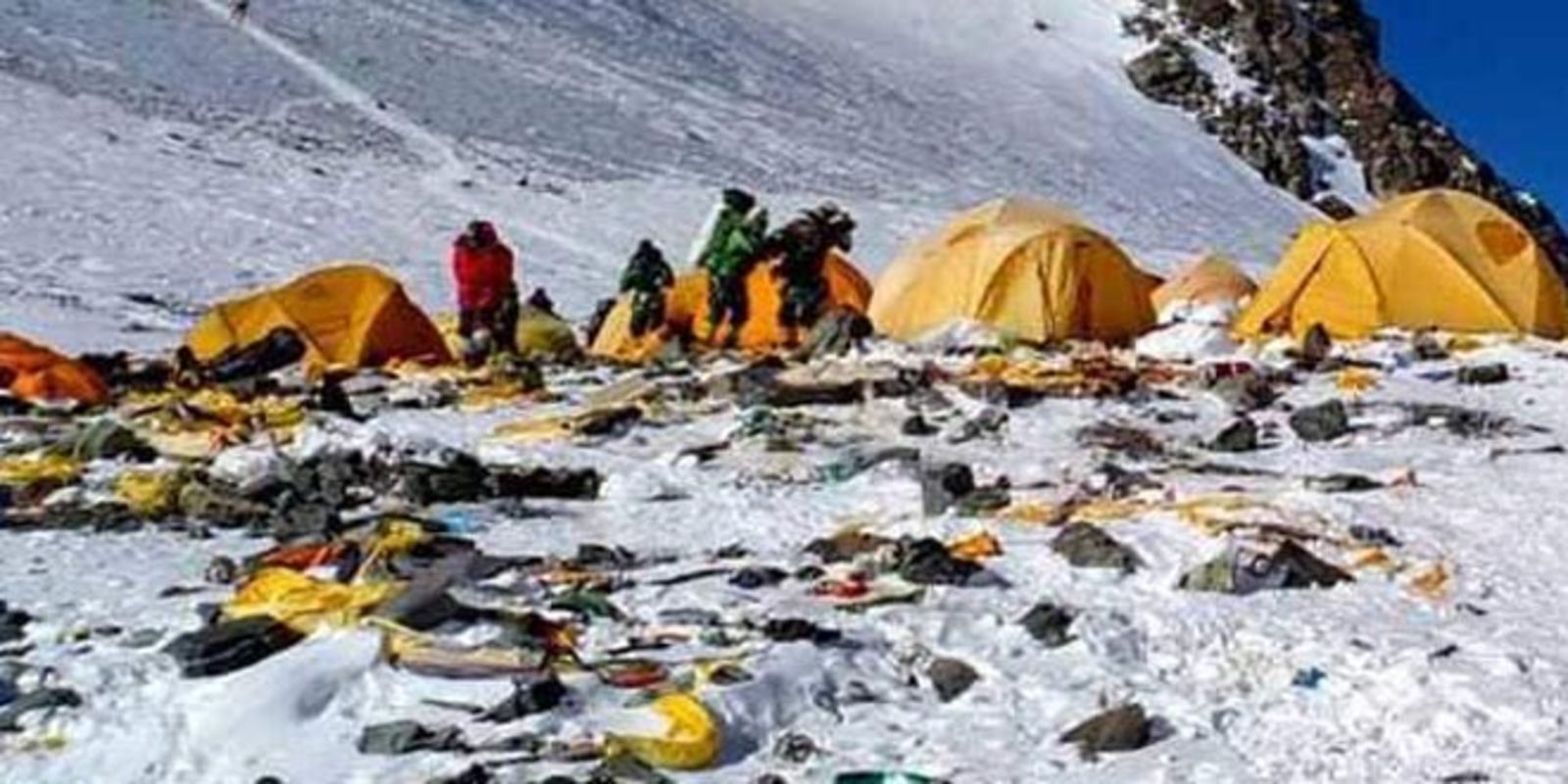The Himalayas: Where the Mountains Reach Up to Heaven
The World's Highest Peaks
The geography of the Himalayas is vast and wonderful, a part of the world that has breathtaking views unlike any other place on earth. The word Himalaya comes from the Sanskrit words “Hima” meaning snow, and “Alaya” meaning abode. Essentially, it means the "abode of the snow.” Which makes perfect sense when you think about how much snow there is in the region. Situated on the Tibetan plateau, the entire area stretches a distance of approx. 2400 km (1500 miles) across not only India and Nepal, but also Tibet, Bhutan, Afghanistan, and Pakistan.
 Image Courtesy of: https://travelthehimalayas.com/himalayan-peaks
Image Courtesy of: https://travelthehimalayas.com/himalayan-peaks
Did you know that the Himalayas are actually made up of 30 different mountain ranges and numerous peaks? Four legendary rivers originate from the sacred and holy Mt Kailash in the western part of Tibet. It’s a mountain that Hindus, Jains, and even Lord Shiva have visited. The rivers of Indus, Ganges, Sutlaj, and Brahmaputra all flow from Mt Kailash.
 Mount Kalaish : Most sacred Mountain
Mount Kalaish : Most sacred Mountain
So, you may be wondering how the Himalayas actually came to be? Well, the Himalayas were the result of the shift of Tectonic plates between the Indian and Eurasian plates around 50 million years ago. This movement of tectonic plates resulted in pushing Tibet and India together which then moved the surrounding area upwards. The rock formation, being light and sedimentary, created the mountain fold that we know today as the Himalayas. To this day, the tectonic plates continue to push against one another. As a result, the mountains continue to grow higher, with Mount Everest estimated to gain around 1mm in height yearly.
In Tibetan history, Mount Everest is known as Jomolangma, meaning “Mother Goddess.” The name Mt. Everest, however, became popularised by George Everest – the former surveyor-general of India. Mount Everest has an incredible height of 8,849 metres (29,029 feet). It is estimated that the oxygen level up there at its summit decreases by 59%. Also in the Himalayas is the second tallest mountain in the world, K2, at 8,611 metres (28,251 feet).
Himalayan Glaciers are Melting
Tibetan plateau and Himalayan Glaciers are facing an unprecedented meltdown due to global warming. The rate of melting is faster than expected. Numerous natural disasters are more frequently occurring such as flooding, landslide, and extreme drought. Retreating glaciers are also a grave threat to the sustainability of the flora and fauna as the battle against extreme drought and rains is becoming a losing game. Global climate concerns are being drummed up everywhere. The Himalayas and Tibetan plateau are the focus of attention of many neighbouring Asian countries that are directly affected by that.
Mountains of Rubbish on the Foot of Mt Everest
The native dwellers in the foothills of the mountains have strong religious faith in the natural landscapes, whether it is a mountain peak or a high pass. Hence, none of these mountains are explored, either climbed or mined. All the natural resources and landscape were preserved until Tenzin Norgyal and Edmund Hilary’s conquest of Mt Everest in the 1960s when thousands of people are flagging up the summit each year. More dreams were achieved and many lives were lost too in this journey.
Along with the glories and triumphs of global tourism, the ancient natural landscape has sadly been degraded with an alarming volume of present-day rubbish, trash, and garbage such as plastic bottles. Such junks or waste in the mountain bases are unimaginable as no regulations are enforced to stop it, nor restore and preserve the natural beauty of Mother Nature. As tourists come and go, the natives have no other option but to dwell in the tourist land. Shining dollar bills reflect brighter than the snowy capes. They can “blind” people and cause them to look the other way, no longer caring about the beauty and generosity of Mother Nature.

Image Courtesy of : American Alpine Journal 
Trango Tower, Image Courtesy of: https://www.caingram.info/Pakistan/towers.jpg
The Unpredictable Weather in the Himalayas
The weather can be unpredictable in an area like the Himalayas making it vulnerable to a plethora of different weather conditions. These can range anything from hail storms to snowstorms and landslides, varying in degree by region. This has fascinated many for centuries. You may have experienced monsoon weather if you visited the Himalayas during July and August.
A notably interesting fact is that monsoon weather hits heavier in the southern areas such as Nepal and India. But you will find it is much dryer on the northern side of the Himalayas around Tibet. This is because the mountains block the passage of the rain and create what’s known as a rain shadow – a patch of dryness. It is anticipated that the yield of 80% of Indian agriculture depends on monsoon weather. The monsoon brings with it rain that promotes both plant and animal life. But it can also bring about devastation such as landslides and floods, which can be prevalent in the Himalayan hills.


Rubbish on Mt Everest, Image Courtesy of: https://w.ndtvimg.com
The geography of the Himalayas boasts of the natural beauty of snow-covered mountain ranges and crystal-clear fresh water. In addition, unpolluted, clean air makes the region attractive to and perfect for hikers as well spiritual enthusiasts. However, all these are threatened by the looming danger brought about by man’s greed, excesses, and disrespect of nature and the environment. These must be addressed by everyone concerned to preserve the natural beauty of the place, and the sustainability of over 35 million people’s livelihood.
Resources:
Further Readings on The Himalayas
1. Where the Mountains reach up to heaven
2. A paradise of exotic animals
